
Transitioning over to Windows 10 can reduce cost, improve business productivity, and position your enterprise business for future IT modernization. It is important to note that in order to reap these benefits, this project must be completed without major business disruption, which means avoiding significant distractions for a large amount of your team and allowing them to complete their normal tasks. This can be difficult to accomplish as desktop migration projects are complex to deliver.
Now that Windows 10 is receiving its first update with many enterprise enhancements, major analysts and vendors are anticipating a 2016 or 2017 program of work[i] for most organizations to get to the latest operating system. Now more than ever, the business case has become a critical element in how to decide what you can and cannot achieve within your transformation program budget.
Windows 10 Migrations Will Be More Cost Effective Than Windows 7 Migration
Many organizations turn to the analyst community to help them create a budget that contains the projected expense on migration. Gartner[iI], a leading analyst, quoted between $1,035 and $1,930 per user to migrate from Windows XP to Windows 7. Forrester meanwhile quoted $1,000 as the average expense. To date, no such figures have been released for Windows 7 to Windows 10 migration.
The Juriba methodology for identifying the key budget framework uses real world experience from successful business case submissions. We prefer a resource-based model because it is common for organizations to hire or backfill project resource to complete their desktop transformation program.
- 12-month transformation program timeline
- 10,000 users in scope for migration
- 10,000 computers in scope for migration to Windows 10, 20% of which need replacing
- 1,000 packaged applications in scope for migration
- Desktop hardware average acquisition cost $600
- Laptop hardware average acquisition cost $1,200
- Desktops account for 60% of the estate
- Laptops account for 40% of the estate
- Each project manager and business engagement resource will own 2,500 computers over a 12 month period
- Each business analyst will own 3,300 computers over a 12 month period
- Engineering and engineering support will be required for 4 months of the project
- Application discovery and rationalization will take a period of 2 months
- Application readiness will take a period of 9 months
- An application packager will average 10 completed packages per month
- Deployment will deliver over a 10 month period including the pilot
- Each deployer will achieve an average of 100 deployments per week
How Is the Budget Calculated?
When building out a budget, we typically start by building our simple summary table of "in-scope" items:
We then take a look at equipment and continue to build the budget with the most tangible element, desktop hardware. In this example, we have 2,000 units for replacement with a total hardware cost of $1,680,000. After taking the number of units and unit price into consideration, we move onto software cost allocation.
In this example, we have 10,000 units with a total cost of $3,490,000. After taking software into consideration, we take our human resources into account. This includes your Project Management Office, Applications Management, Technology Readiness/Engineering, Deployment Logistics, and miscellaneous employee costs such as training.
Each of these resources is broken down by salary, resources, or number of employees in that role, how many months spent on the project, and what percentage of their time will be allocated to the project. Once we have organized all of this information, we are now able to calculate our program budget:
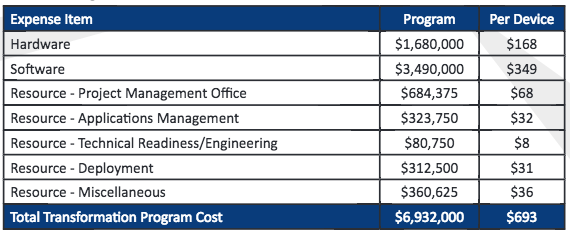
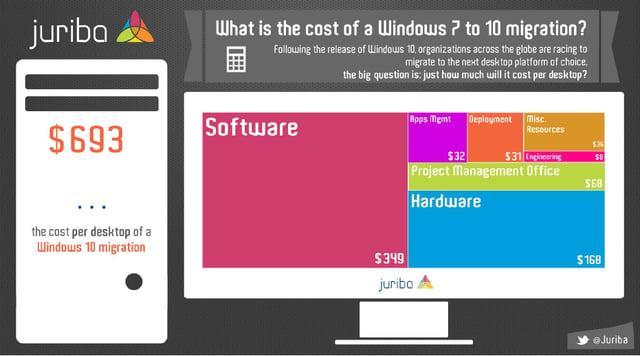
Share this Image On Your Site
To calculate your own migration cost, please refer to our new white paper "How to Budget For Your Windows 10 Migration" as well as the 'Windows 10 Budget Calculator'.
As a result of the data highlighted above, we found that 74.6% or $517 per device is spent on two major categories; hardware and software. Additionally, 25.4% or $176 per device is spent on the people element of the project, covering all workstreams including the project management office, applications management, engineering, deployment and miscellaneous resources.
Is It Worth It?
Organizations that use Juriba software to manage their IT migrations save 15% of the overall project resource cost, and 60% of the project management time usually associated with such efforts on average. In this example, Dashworks would save a total of $264,300 on the resource costs which equates to $26.43 per machine which is an impressive figure to say the least.
Barry is a co-founder of Juriba, where he works as CEO to drive the company strategy. He is an experienced End User Services executive that has helped manage thousands of users, computers, applications and mailboxes to their next IT platform. He has saved millions of dollars for internal departments and customers alike through product, project, process and service delivery efficiency.



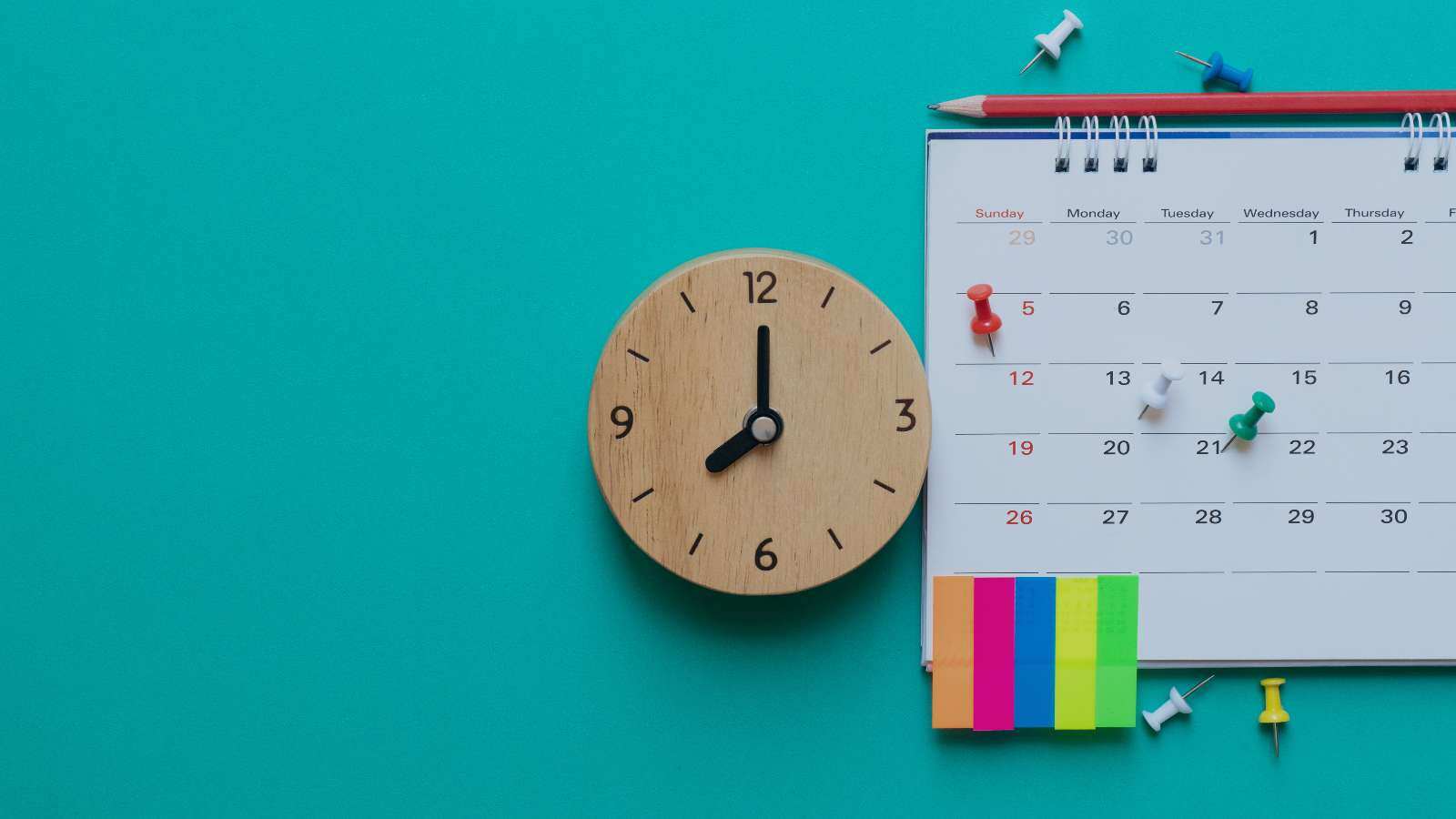



![Windows 11 Enterprise Vs. Professional [A Comparison]](https://blog.juriba.com/hs-fs/hubfs/Windows%2011%20Enterprise%20Vs.%20Professional%20%5BA%20Comparison%5D.jpg?width=1600&height=900&name=Windows%2011%20Enterprise%20Vs.%20Professional%20%5BA%20Comparison%5D.jpg)
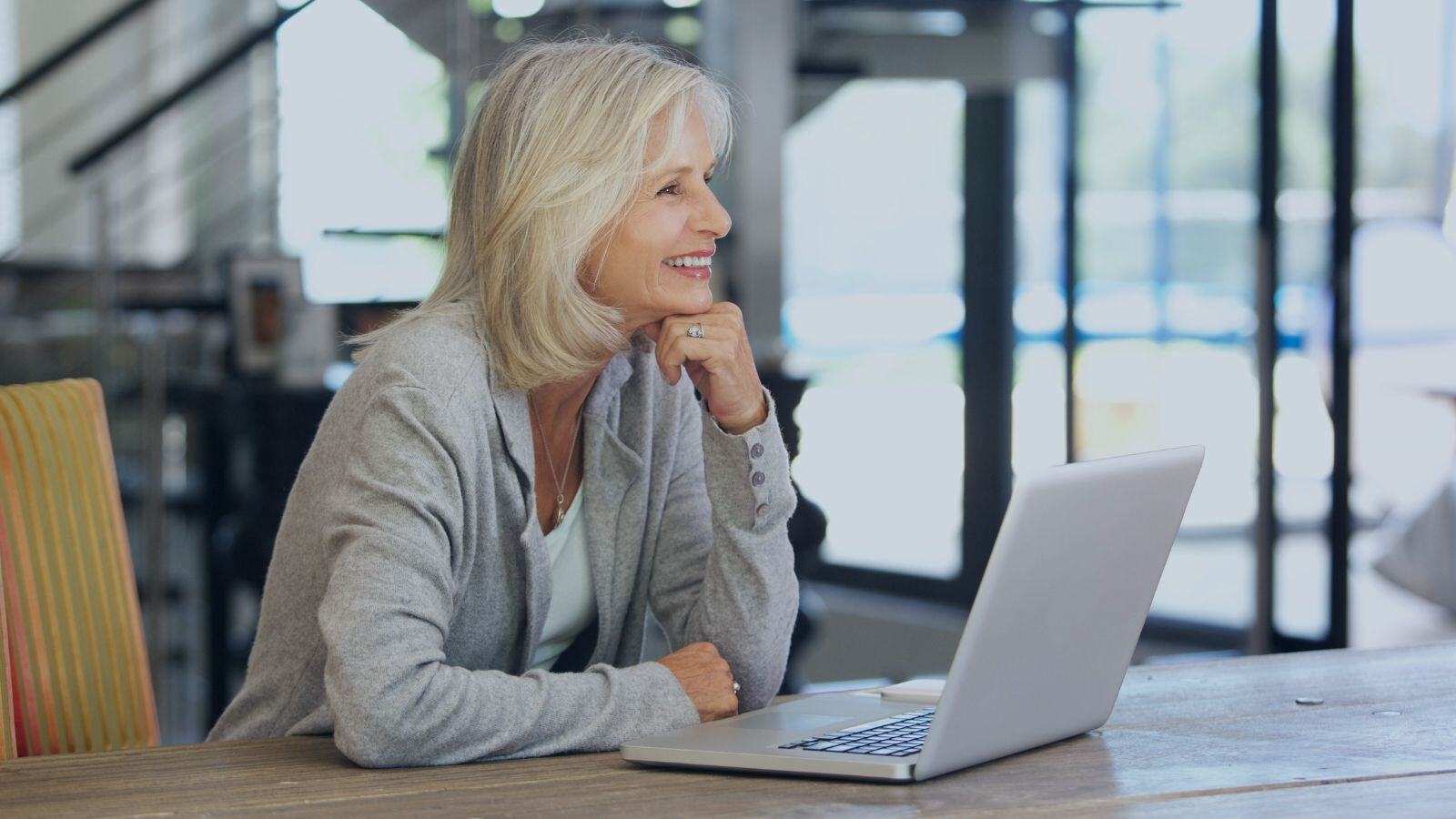



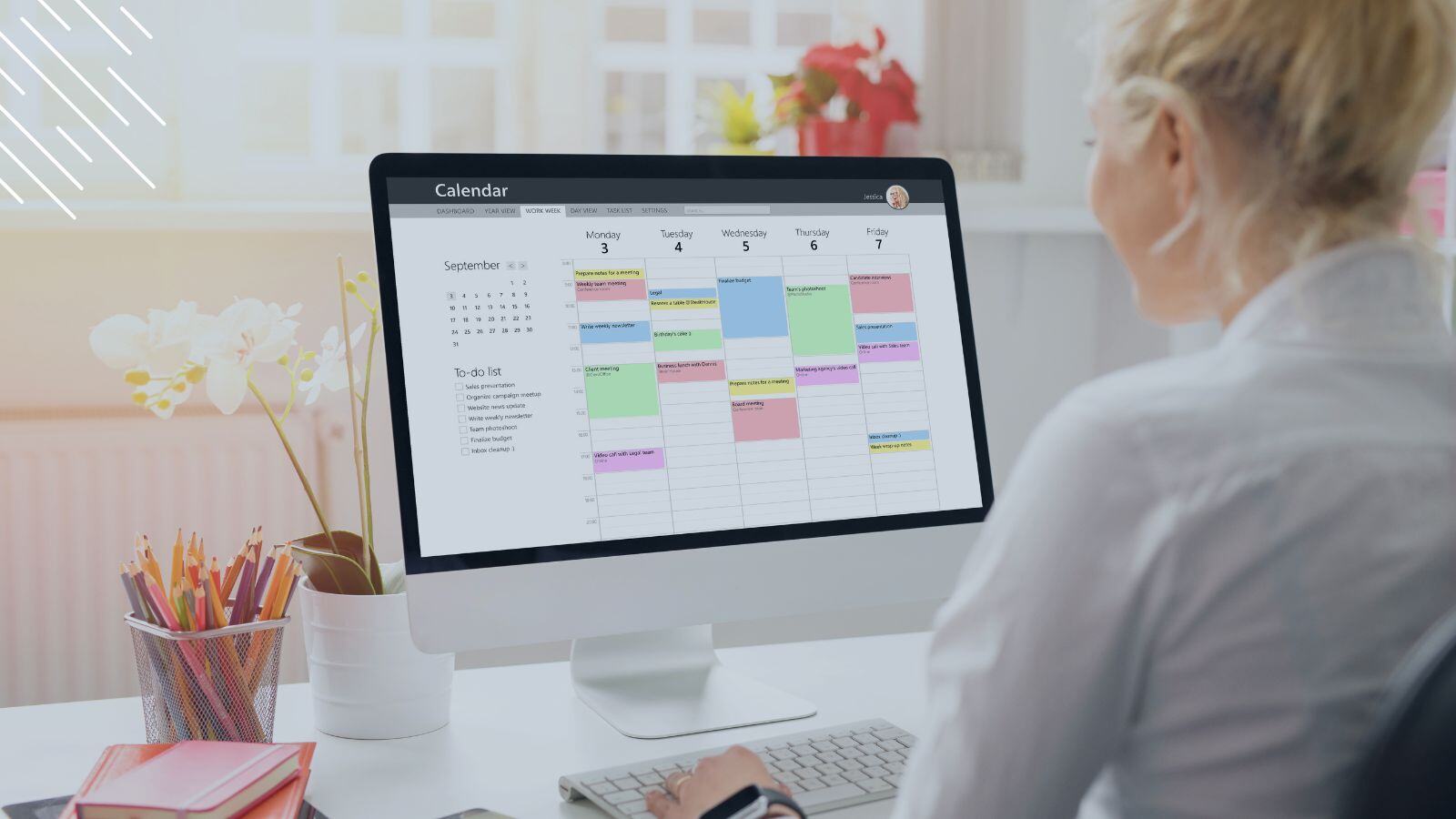





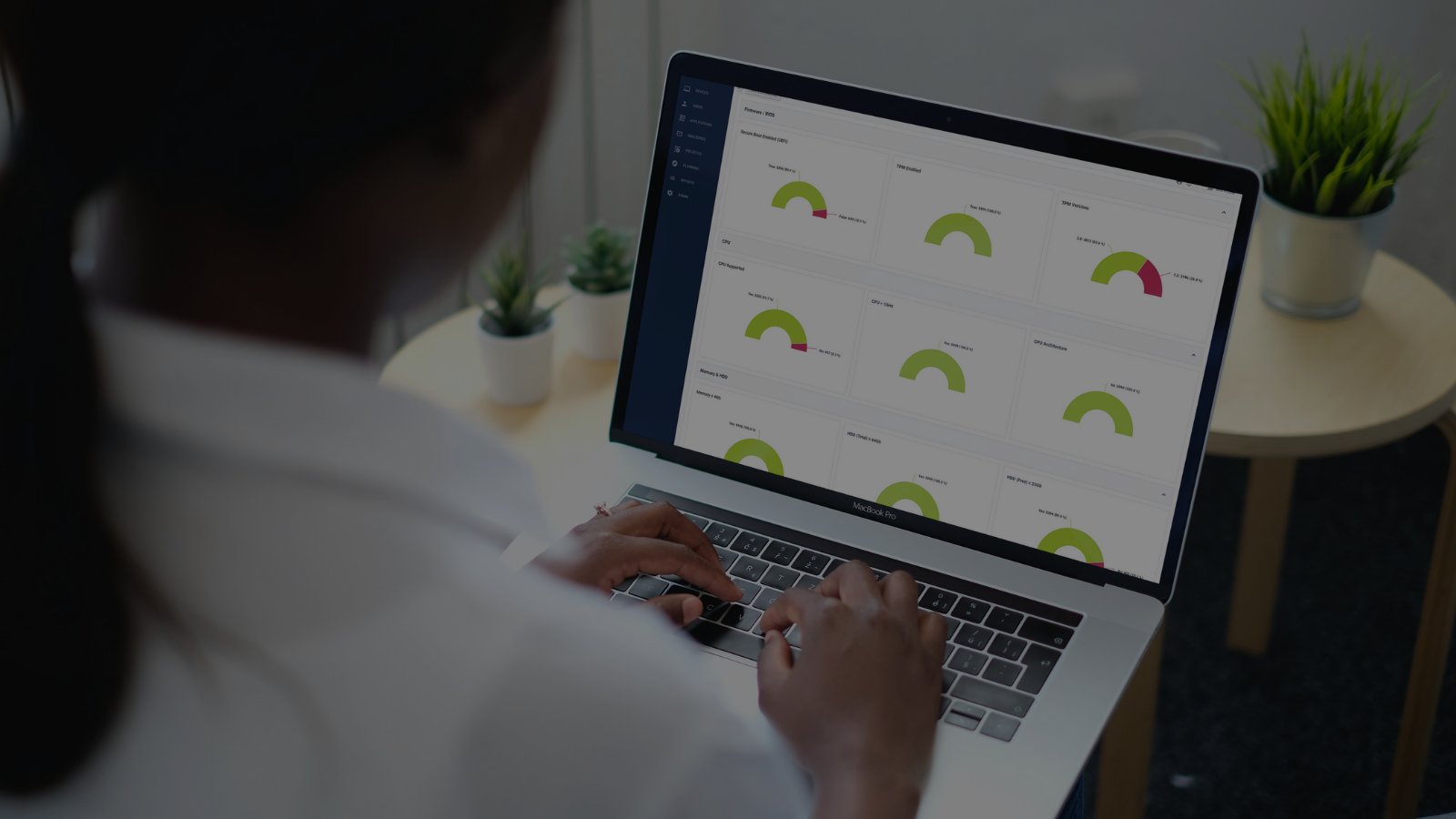



.png?width=1920&height=1492&name=Juriba%20-%20Windows%2011%20Assessment%20Service%20(Hardware%20II).png)
